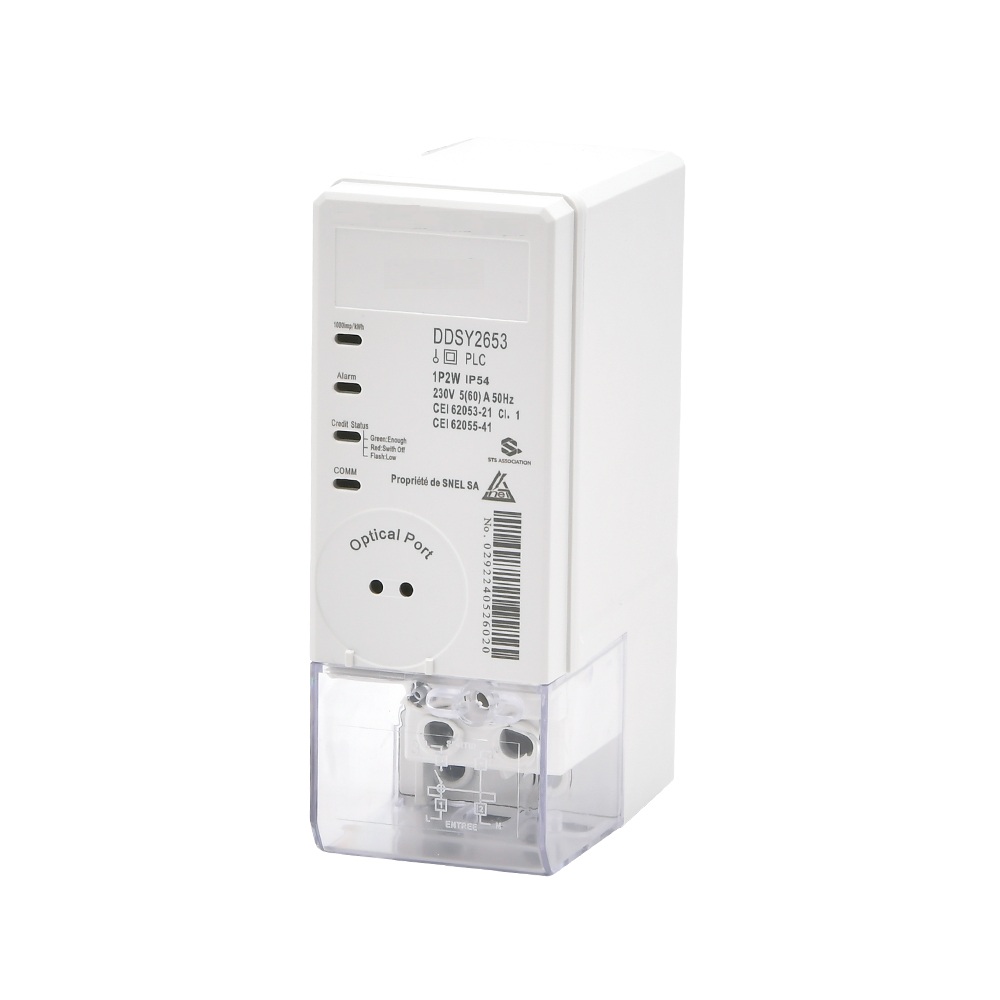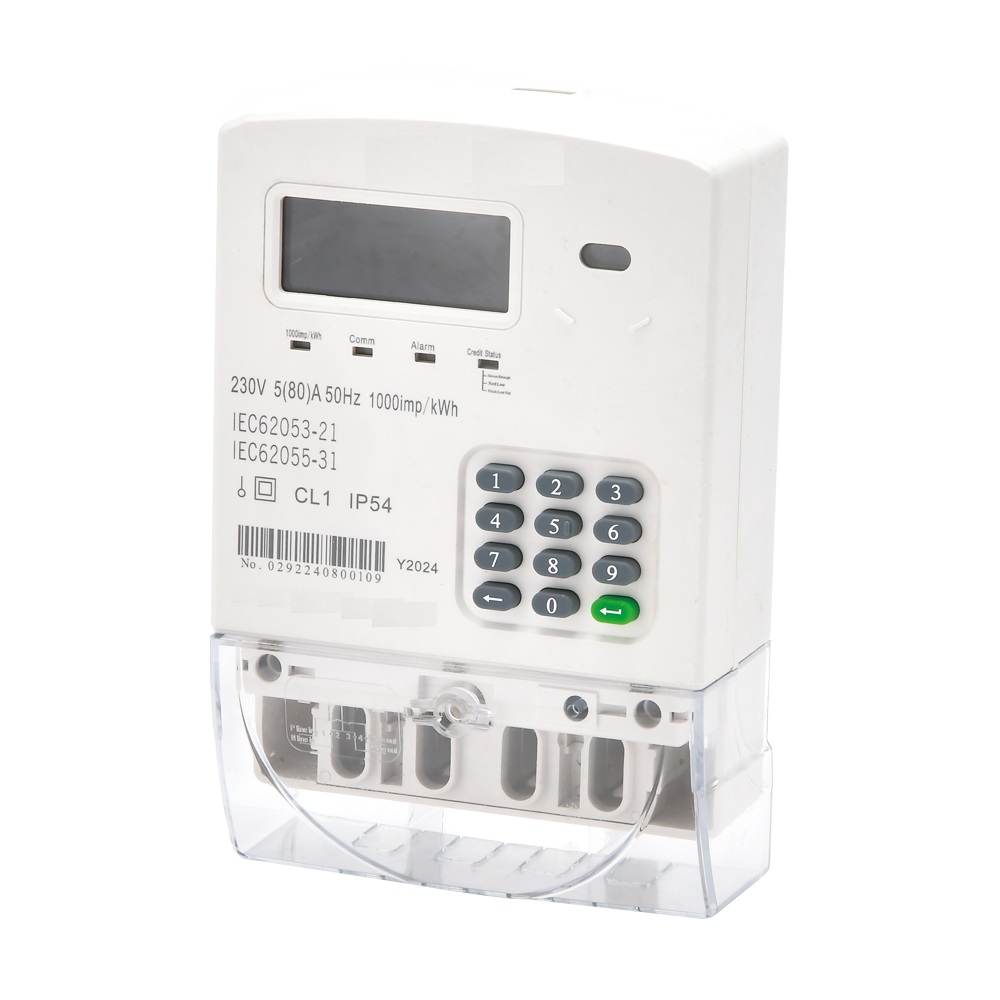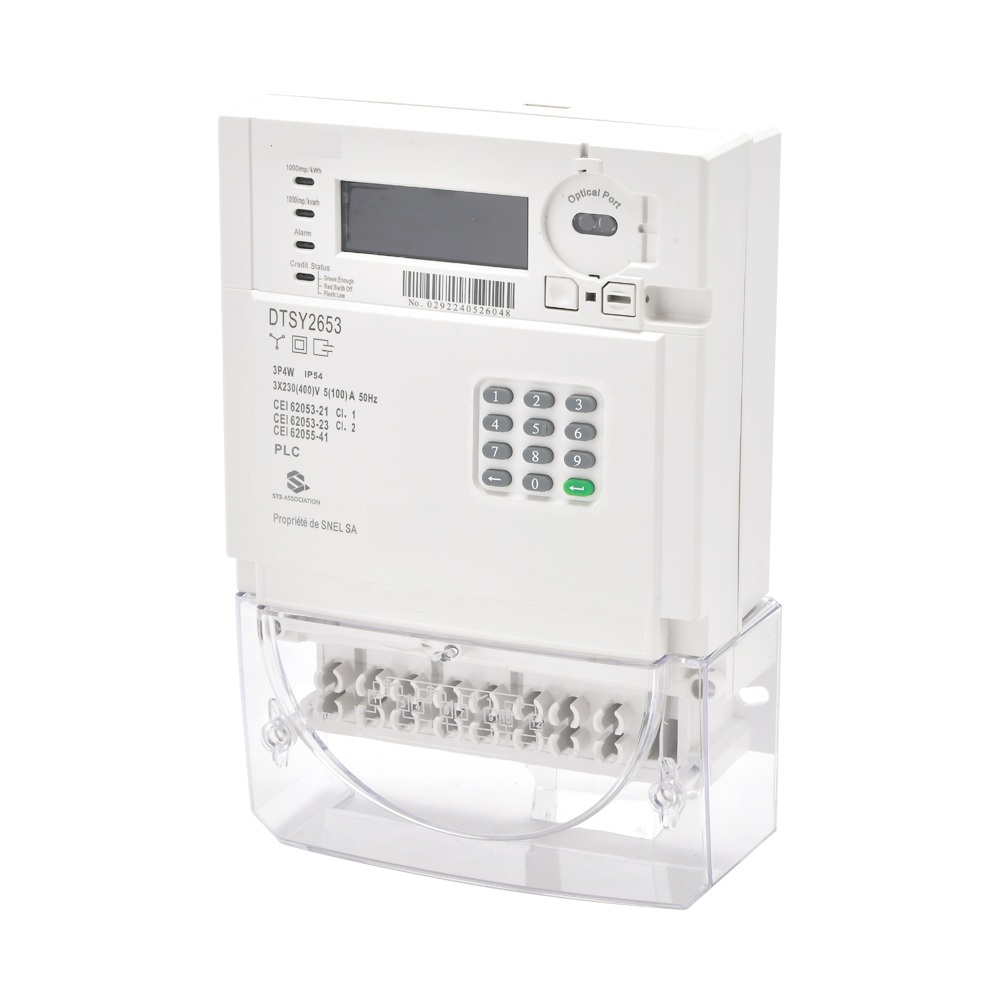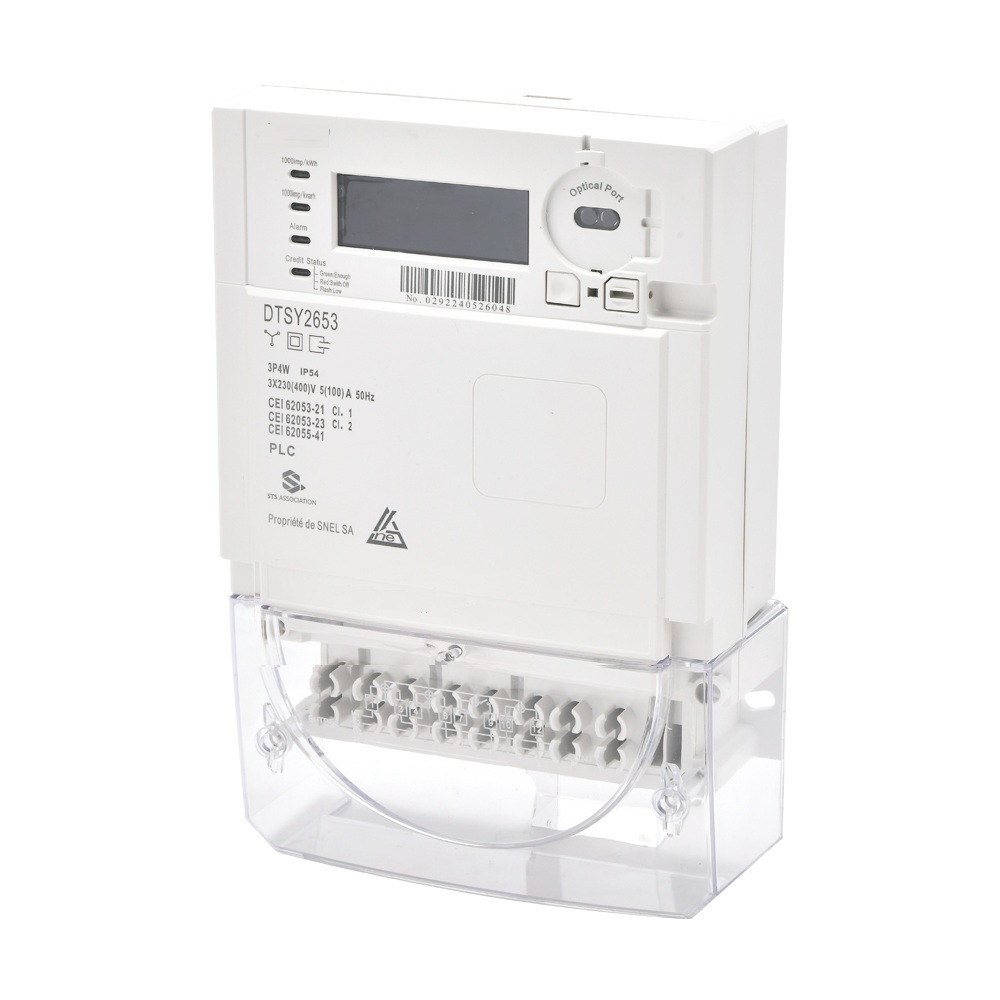How to choose a prepaid meter?
Publish Time: Author: Site Editor Visit: 512
1、 Current specifications
Single phase electricity meter: There are two mainstream current specifications, 5 (40) A and 5 (60) A, suitable for residential and rental users.
Three phase electricity meter: suitable for small and medium-sized merchants, industrial and mining enterprises, public facilities and other occasions. When selecting, it is necessary to first confirm the measured voltage, determine the required current specification of the meter based on the type of load and load power used, and reserve a certain amount of space. Avoid blindly selecting the maximum current specification to reduce costs.
2、 Model number
Prepaid smart meter: The fourth letter "Y" commonly used in the model indicates the prepaid function
Single phase and three-phase distinction: DD represents single-phase, DS/DT represents three-phase three wire/three-phase four wire. Single phase electricity meters have relatively low prices and simple functions; Three phase electricity meters have higher prices and more comprehensive functions. Users can choose the appropriate electricity meter according to their actual needs.
3、 Functional requirements
Basic functions: including electricity metering, rate setting, remote control, overdue reminder, etc.
Time of use billing: If you need to separately measure and bill the electricity consumption at different time periods, you can choose an electricity meter with time of use billing function.
Remote communication: If you need to remotely monitor and manage electricity usage, you can choose an electricity meter with remote communication capabilities, such as supporting GPRS, RS485, LoRa, 4G and other communication methods.
4、 Accuracy level
Accuracy level: China stipulates that electric meters are divided into four levels: 0.2S level, 0.5S level, 1 level, and 2 level. The smaller the level value, the higher the accuracy of the electricity meter. The level of the electricity meter is usually marked on the dial, and users can choose the appropriate accuracy level according to their needs.
5、 Compatibility and Scalability
Compatibility: prepaid meters should have compatibility with various power systems and equipment to ensure smooth integration into existing systems.
Scalability: The electricity meter should support the expansion of functional modules to meet possible future demand changes.
6、 After sales service and technical support
After sales service system: Choose brands and suppliers with a comprehensive after-sales service system to obtain timely technical support and maintenance services during use.
Technical support capability: Understand the supplier's technical support capabilities, including whether they provide convenient services such as on-site installation and maintenance.
8、 Price and cost-effectiveness
Price factor: The price of prepaid meters varies depending on factors such as brand, model, function, and market supply and demand. Users can choose the appropriate electricity meter based on their budget and needs.
Cost effectiveness: strike a balance between performance and price, and choose meters with high cost-effectiveness. Avoid blindly pursuing low or high priced electricity meters to ensure the best user experience.



